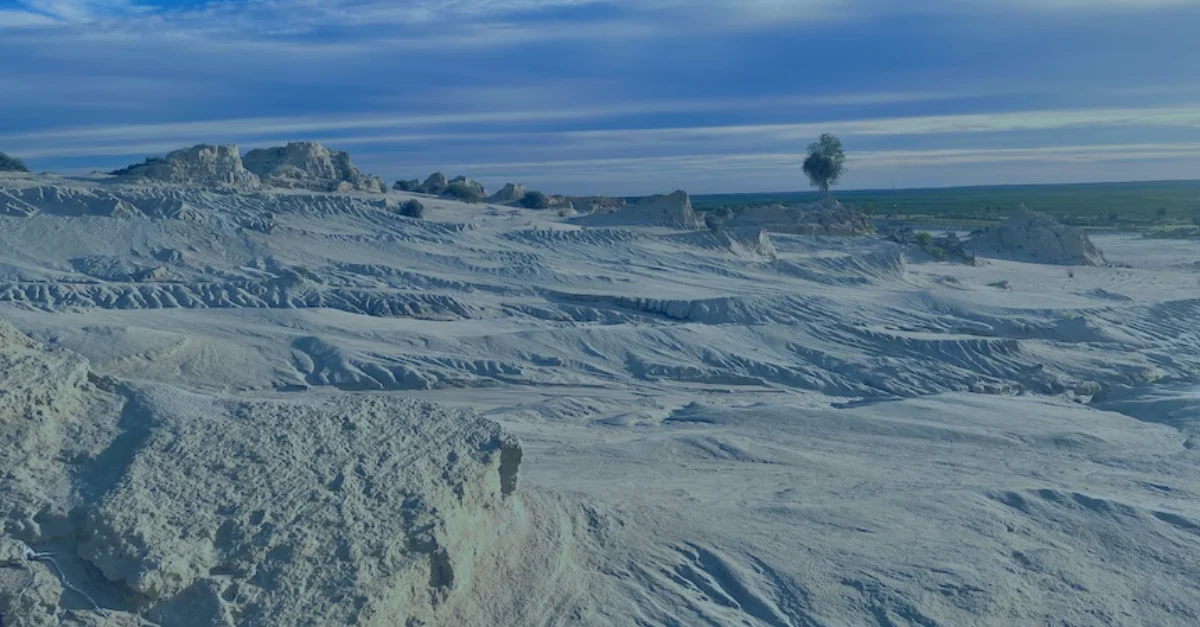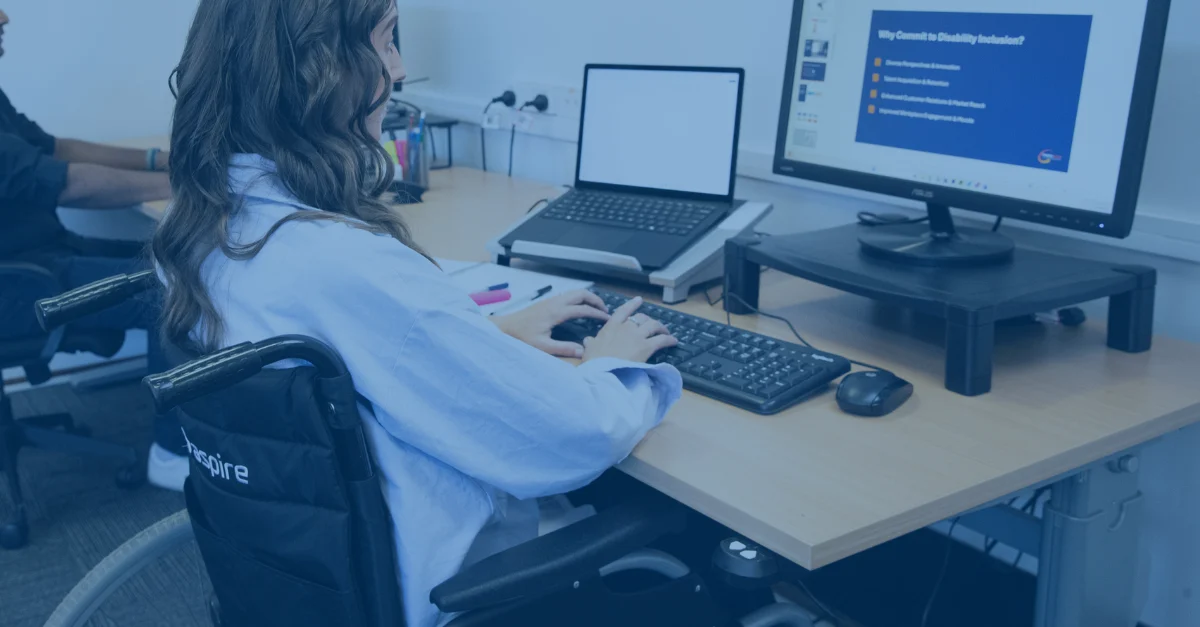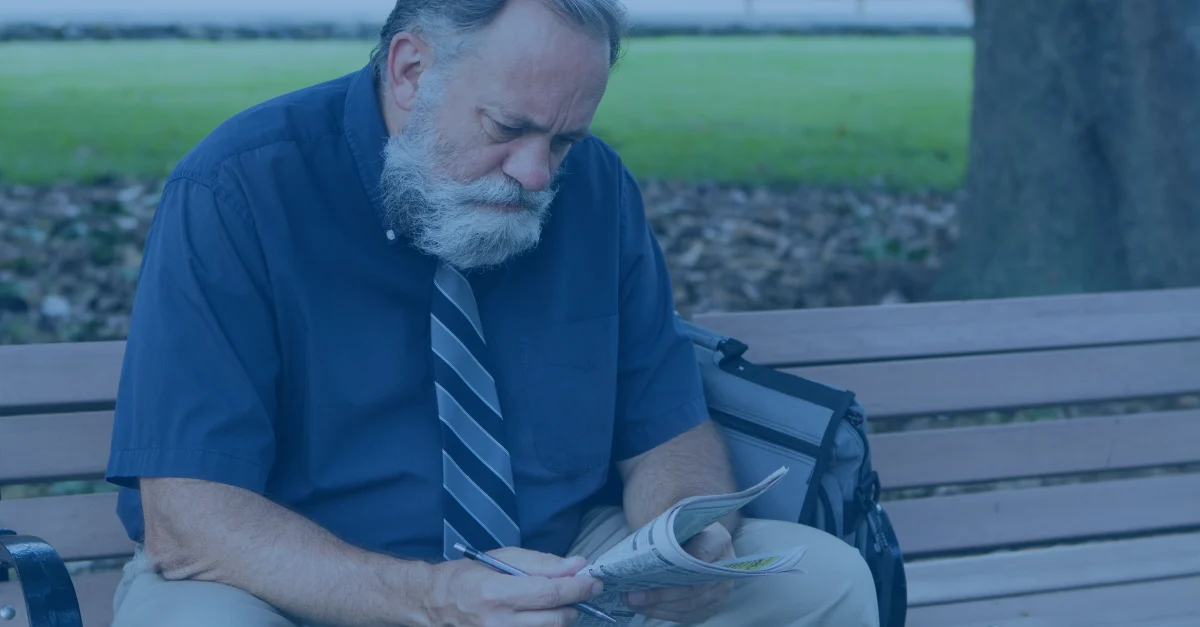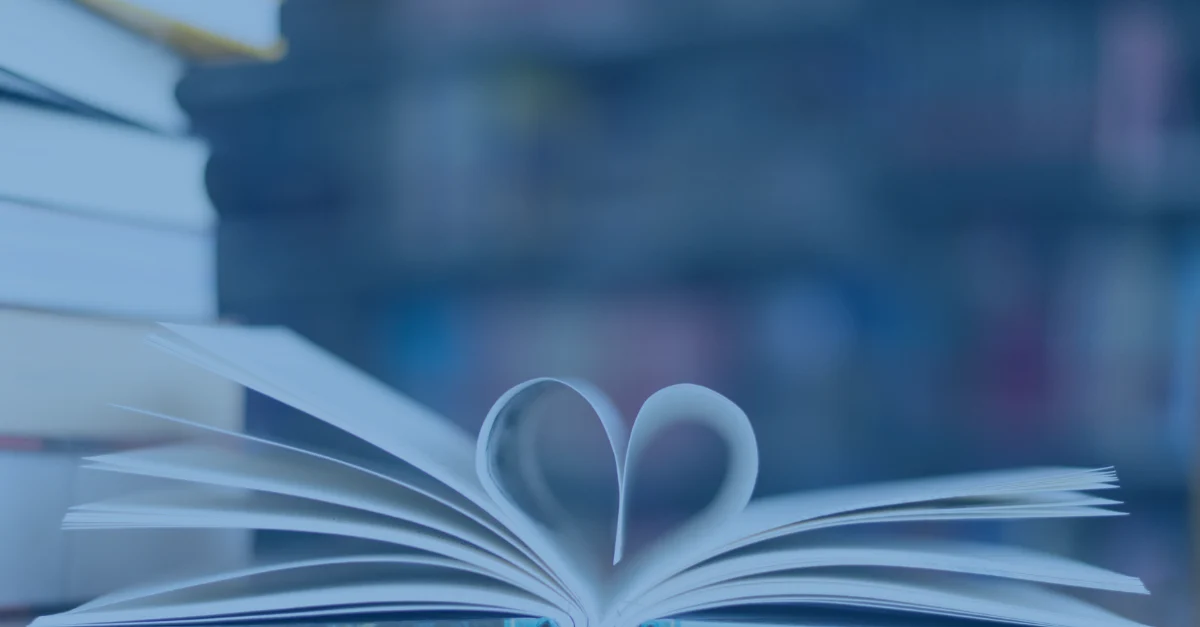From Lake Mungo to Modern Inclusion: What a 25,000-Year-Old Footprint Teaches Us About Disability Services

By Declan Lee, EmployAbility Ambassador.
The Story in the Sand
Deep on the shores of Lake Mungo, NSW, archaeologists uncovered a single human footprint, etched into ancient sediment 25,000 years ago. Closer inspection suggests it wasn’t just any traveler but a hunter on one leg, balancing on a stick, pressing onward in pursuit of food. At that moment of millennia-old ingenuity, we glimpse something profound: disability isn’t a barrier to contribution; it’s an invitation to adapt and belong.
For thousands of years, First Nations people have found a way to include disability in every aspect of daily life, without looking at it from a series of labels, diagnoses and tools of measurement that not only define our limitations but are utilised in such way that determines what support we are entitled to.
1. Assistive Tools and technology as the normalised Pathway, Not a “Crutch”
That hunter’s walking stick or ‘crutch’ wasn’t a sign of weakness or even a way of identifying that they had a disability. I like to view as a metaphor; as empowerment and independence.
That stick was used to enable the hunter to track down and hunt for game like any other hunter, just a little differently. In some cases it is viewed as more effective.
Today’s disability services such as the NDIS often view assistive devices as bespoke, expensive and not value for money, limiting the choice and control we fought so hard for. Many of us require multiple devices including wheelchairs, walking frames, prostheses, hearing aids, automated or AI-enabled voice activated devices. While these tools are indeed costly, the independence and participation it brings to not only the user, but the surrounding community, far outweigh the financial costs.
Instead, I believe we can reframe them as essential gear for full participation.
2. Inclusive Systems Mirror Ancient Adaptive Cultures
Just as survival in ancient communities depended on everyone contributing their strengths, modern communities thrive when accessibility is built into everyday life, not as an afterthought, but as a fundamental principle.
In a 25,000-year-old tribal group, everyone had a role to play: hunters, gatherers, elders and child. Survival depended on every member’s strength. In today’s terms, we would note that as diversity and inclusion being essential for survival.
In our modern communities, we continue to flourish when accessibility is embedded into life’s fabric; from public transport to workplace cultures, from the beginning as part of the design build, not added later.
As a person with disability, my mission is to call out what I dream of every day:
- Universal design should be standard in public buildings and digital platforms.
- Educate and train staff across sectors on simple adaptations (rearranging meeting rooms, offering captioned videos) so inclusion isn’t an afterthought but a default.
- Build pathways for people with disability and other diverse groups to enter and retain work within organisations, enabling them to create a more inclusive system from within, fostering a positive workplace culture which not only improves employee morale and cohesion but boosts productivity
3. Empowerment Through Participation
That footprint shows: this hunter didn’t watch from the sidelines. They tracked the herd, contributed to food security and belonged. Our systems must move beyond passive care toward active engagement.
- Co-design training programs like we do here at EmployAbility, policy frameworks and funding streams with people who have not just have a lived experience of disability but are masters of their own journeys.
- Frame goal-setting around meaningful roles; jobs, community leadership, creative outlets, not just clinical targets, place people with disability within more senior roles but also celebrate and reward employees that are good at their roles and acknowledge that not everyone needs to strive for climbing the corporate ladder.
4. Resilience and Community Connection
The hunter’s perseverance reminds us that resilience isn’t a solo pursuit. Their community must have supported them, sharing skills, caring for wounds, adapting hunting strategies.
Today’s disability services like EmployAbility can replicate that by blending professional support with peer mentoring and community networks.
Towards a 21st-Century Inclusion Footprint
From that ancient footprint emerges a blueprint for modern systems: value every person’s potential, co-create adaptive solutions, and weave inclusion into daily life rather than bolt it on as an afterthought.
When we do, assistive devices become extensions of human spirit, communities fuel each other’s resilience, and everyone has a seat at the table.

What steps can your organisation take today to honour that 25,000-year-old lesson?
How might you redesign processes so that participation, not limitation, marks the legacy you leave?
—
Related Articles
Read our other latest blog posts.
View All
DisAbility Glossary

Accessibility tips : Chrome Read Aloud

4 stand out benefits for returning to work after TBI
